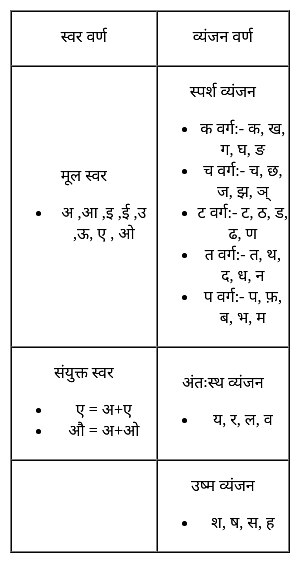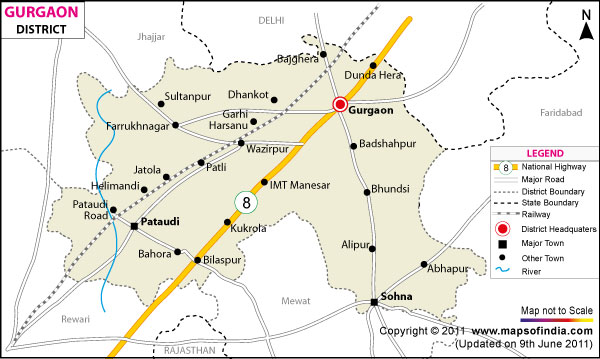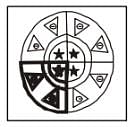HTET TGT Science Mock Test - 7 - HTET MCQ
30 Questions MCQ Test HTET TGT Mock Test Series 2025 - HTET TGT Science Mock Test - 7
Directions: Answer the following questions by selecting the most appropriate option.
Which one of the following is true about the role of heredity and environment in the development of a child?
Which one of the following is true about the role of heredity and environment in the development of a child?
A student of V- grade with 'visual deficiency' should be:
The stage in which a child is begin to think logically about objects and events is known as:
Four distinct stages of children's intellectual development are identified by:
Limitation(s) of Kohlberg's theory of moral development include(s):
i). underestimating young children's moral reasoning abilities
ii). no limitations have been successfully identified
iii). basing his theory primarily on interviews of males as subjects
Roopa, a class 6 student, likes to read storybooks. She has read most of the books in her class and is a favorite of her teachers. The student is:
Direction: In the following question, the sentences have been given in Active/ Passive Voice. From the given alternatives, choose the one which best expresses the given sentence in Passive/ Active Voice.
You should open the wine about three hours before you use it.
Direction: In the following question, the sentences have been given in Active/ Passive Voice. From the given alternatives, choose the one that best expresses the given sentence in Passive/ Active Voice.
We have warned you.
Find out which answer figures will exactly make up the question figure?

The length of a rectangle increases by 20% while its breadth decreases by 12.5%. What is the percentage increase/decrease in the area of the rectangle?
The positions of how many digits in the number 837912 will remain unchanged after the digits within the number are rearranged in descending order (from left to right)?
Choose the correct statement that describes arteries.
Aluminium is used for making cooking utensils. Which of the following properties of aluminium are responsible for the same?
(i) Good thermal conductivity
(ii) Good electrical conductivity
(iii) Ductility
(iv) High melting point
Which one of the following elements exhibit the maximum number of valence electrons ?























